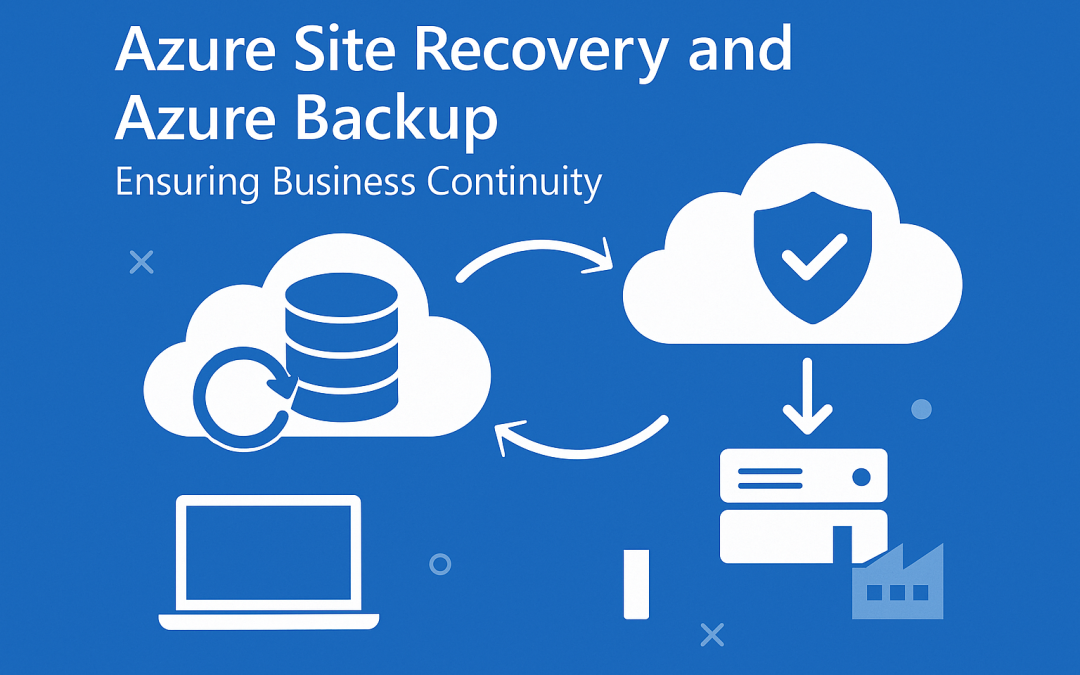
Migrating a Windows Server to a new machine is a critical task that ensures minimal downtime and data integrity. Whether upgrading hardware, moving to a virtualized environment, or simply refreshing infrastructure, proper planning and execution are key. This guide will walk you through the steps to migrate your Windows Server smoothly.
Step 1: Assess and Prepare for Migration
Before starting, identify:
- The Windows Server version (e.g., 2016, 2019, 2022)
- Applications and services running on the server
- Compatibility with the new hardware or virtual machine
- Available migration tools (Windows Server Migration Tool, robocopy, Disk2VHD, etc.)
📌 Tip: Ensure that the new server meets the hardware and software requirements for the OS and applications.
Step 2: Backup Your Current Server
A full system backup is essential before migration. Use:
- Windows Server Backup
- Third-party backup solutions (Veeam, Acronis, etc.)
- Disk imaging tools (Macrium Reflect, Clonezilla)
💡 Pro Tip: Store the backup on an external drive or network location for quick access.
Step 3: Install Windows Server on the New Machine
- Boot from the Windows Server installation media (USB/DVD).
- Install the same or a newer version of Windows Server.
- Configure network settings and join the domain if needed.
📌 Note: Ensure that the system drive (C:) has enough space to restore files and applications.
Step 4: Transfer Data and Roles
Windows Server provides several methods to migrate roles, applications, and files:
1. Using Windows Server Migration Tools
- Install Windows Server Migration Tools via PowerShell:

- Export roles and data from the old server.
- Import them on the new server.
2. Using Robocopy for File Transfer
Run the following command to copy files, including permissions:

3. Using Disk2VHD for Full Server Cloning
If moving to a virtualized environment, use Disk2VHD to create a VHD file and attach it to a Hyper-V VM.
Step 5: Reconfigure Applications and Services
- Reinstall third-party applications and verify licensing.
- Migrate Active Directory (if applicable) using
ntdsutilor AD Migration Tool. - Reconfigure DNS, DHCP, IIS, or other services and test connectivity.
Step 6: Test and Finalize Migration
- Verify user access and permissions.
- Check logs for errors (
Event Viewer). - Test applications and network connectivity.
- If everything works, retire the old server or keep it as a backup temporarily.
Migrate Windows Server to a New Machine (F.A.Q)
Can I migrate Windows Server without downtime?
Yes, by using failover clustering or incremental data sync, you can minimize downtime.
What if my new server has different hardware?
Use sysprep before migration to avoid driver conflicts and hardware mismatches.
Can I migrate a physical Windows Server to a virtual machine?
Yes, tools like Disk2VHD or Microsoft Virtual Machine Converter can help.
How long does a server migration take?
It depends on data size, network speed, and server roles but typically takes a few hours to a day.




